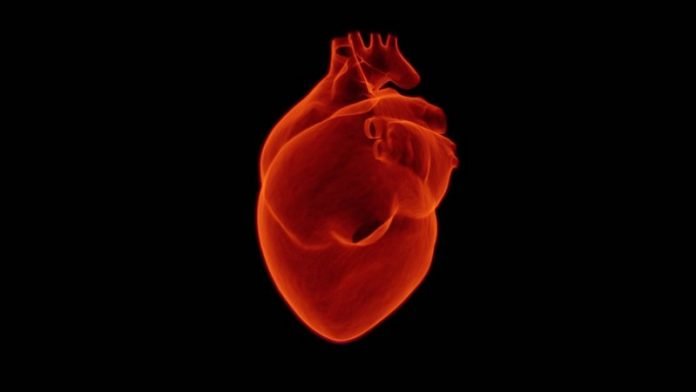
In a new study, researchers found that a new examination method identifies high-risk plaques in the blood vessels surrounding the heart, that cannot be seen solely with traditional angiograms.
This type of plaque, rich in fat, could potentially cause recurring heart attacks in patients with heart disease.
The research was conducted by a team at Lund University in Sweden and elsewhere.
Several studies have previously shown that vulnerable plaques are the underlying cause of most coronary heart disease.
When a plaque ruptures and forms one or more clots, they cause the majority of heart attacks and infarction-related sudden death.
The new method, known as NIRS (Near-Infrared Spectroscopy) and IVUS (Intravascular Ultrasound), uses infrared light and ultrasound.
The examination of the patient is typically performed with a catheter brought to the heart area via the wrist and done in connection with an angiogram.
The high-fat plaques can then be seen in yellow on a color-coded map.
In the study, the team examined 898 patients from 16 hospitals in Sweden, Denmark and Norway. All had suffered a heart attack and were treated with balloon dilation and stents in the coronary arteries.
About 14.4% of the patients experienced new issues within four years of the heart attack. In 8% of the patients, the direct cause was an untreated plaque.
The study shows that most of the subsequent heart events were caused by plaque not revealed in previous examinations using angiograms and physiological pressure measurements, which are the methods used clinically today.
The next big question is how to treat these plaques.
The researchers showed that stenting of dangerous plaques opened up the vessel and halved the number of cardiac events.
One author of the study is David Erlinge, a professor of cardiology.
The study is published in The Lancet.
Copyright © 2021 Knowridge Science Report. All rights reserved.



